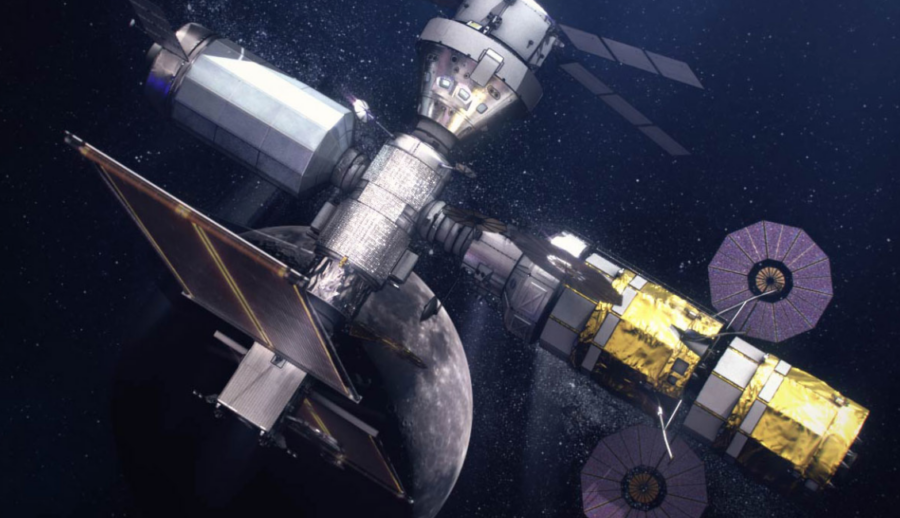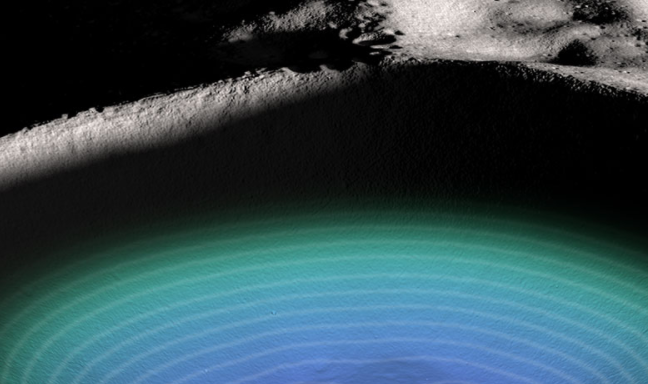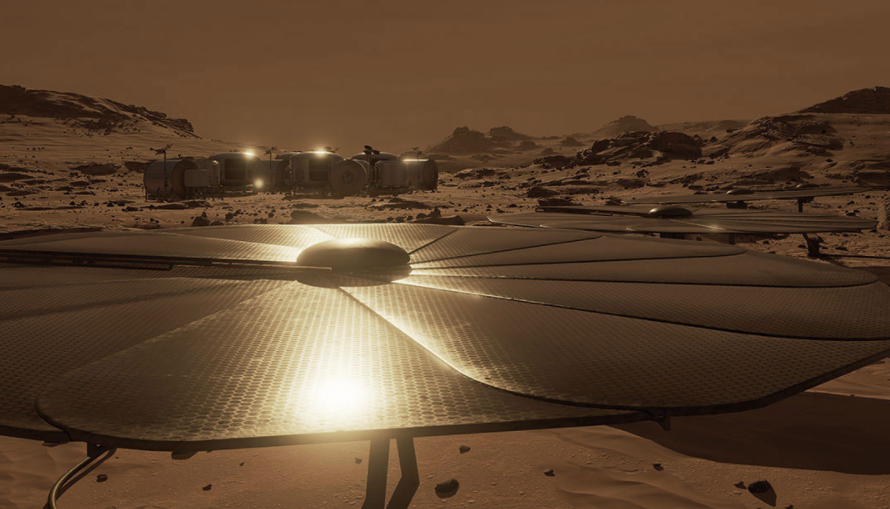NASA’s Plan To Have A Moon Base By 2024
The goal is to have humans on the moon by 2024, something that may take a Herculean effort to make happen.
This article is more than 2 years old

The Artemis program is NASA’s effort to get humans back on the moon and develop a long-lasting, ongoing presence on the lunar surface. The Artemis name is actually a renaming of several prior NASA activities that have been combined to take us back to the moon.
50 years ago, NASA sent men to the moon under the name Apollo. So, when NASA Administrator Jim Bridenstine revealed the new name for the project, his reasoning made sense for the direction of NASA’s goals. “It turns out that Apollo had a twin sister, Artemis. She happens to be the goddess of the moon,” said Bridenstine, referring to Greek mythology. “Our astronaut office is very diverse and highly qualified. I think it is very beautiful that 50 years after Apollo, the Artemis program will carry the next man — and the first woman — to the moon.”
The continuation of this plan is quite ambitious. The goal is to have humans on the moon by 2024, something that may take a Herculean effort to make happen. Their plan came together in a 13-page report that was submitted to the advisory group to President Donald Trump chaired by Vice President Mike Pence, the National Space Council.

The report, titled “NASA’s Plan for Sustained Lunar Exploration and Development,” not only details NASA’s vision in making it all happen but also takes a look into the future as to what a U.S. presence on the moon and lunar orbit could accomplish. Bridenstine said in a statement released with the report, “After 20 years of continuously living in low-Earth orbit, we’re now ready for the next great challenge of space exploration — the development of a sustained presence on and around the moon. For years to come, Artemis will serve as our North Star as we continue to work toward even greater exploration of the moon, where we will demonstrate key elements needed for the first human mission to Mars.”
The obvious star of the 13-page report is the Artemis Base Camp. The plan is to set up this camp, most likely on the moon’s south pole Shackleton Crater, as foundation surface habitat. It would be large enough to host four astronauts for perhaps a week.
The base camp would require some construction to make life sustainable on the moon. Astronauts would require power, waste disposal and communications. They would also need radiation shielding and landing pad. The base camp would also be equipped with a couple of mobility systems, key for astronauts. One is a lunar vehicle that can transport astronauts across the surface and the other a habitable mobile platform that would allow for trips away from the base camp for up to 45 days. Which brings us to NASA’s ultimate goal. The red planet.

With Mars being the ultimate goal, making sure we have the system in place is critical. So not only will NASA be able to maintain a presence on the moon, they will be able to test many different systems and features that will allow us to eventually head for the red planet. Also, the moon will be used as a Gateway where astronauts will be able to mimic the long trip to Mars, the landing on the surface, and then the long trip home from the red planet.
NASA’s goals are ambitious. They are also very exciting and hold much promise. Let’s hope NASA is able to accomplish what they have set out in front of them. It looks to be an exciting future for space exploration.












